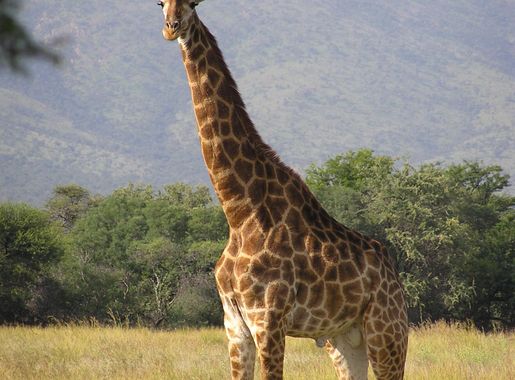
Kiang East National Park: The Untamed Jewel of The Gambia
Discover Kiang East National Park in The Gambia: A pristine sanctuary of diverse wildlife, scenic landscapes, and rich cultural experiences.
Kiang East National Park, located in The Gambia, is an untouched paradise for nature enthusiasts. Spanning across 1,157 hectares, this park offers a unique blend of rich biodiversity and stunning landscapes. Home to a variety of wildlife including baboons, warthogs, and an array of bird species, the park is a haven for wildlife photographers and bird watchers alike. The park's landscape varies from dense forest to open savannas, providing a diverse environment for exploration. Walking trails meander through the park, allowing visitors to immerse themselves in the natural beauty. Local guides are available to enhance your experience with their extensive knowledge of the flora and fauna. For those interested in cultural experiences, Kiang East National Park is situated near several traditional Gambian villages. Visitors have the opportunity to learn about local customs and traditions, adding a cultural dimension to their adventure. The serene surroundings and the warm hospitality of the locals make this destination a must-visit when in The Gambia.
Local tips in Kiang East National Park
- Visit early in the morning or late in the afternoon to see the most wildlife.
- Hire a local guide for a more informative and enriching experience.
- Bring binoculars for bird watching; the park is home to many rare species.
- Wear comfortable walking shoes and carry plenty of water.
- Respect local customs and traditions when visiting nearby villages.
Kiang East National Park: The Untamed Jewel of The Gambia
Kiang East National Park, located in The Gambia, is an untouched paradise for nature enthusiasts. Spanning across 1,157 hectares, this park offers a unique blend of rich biodiversity and stunning landscapes. Home to a variety of wildlife including baboons, warthogs, and an array of bird species, the park is a haven for wildlife photographers and bird watchers alike. The park's landscape varies from dense forest to open savannas, providing a diverse environment for exploration. Walking trails meander through the park, allowing visitors to immerse themselves in the natural beauty. Local guides are available to enhance your experience with their extensive knowledge of the flora and fauna. For those interested in cultural experiences, Kiang East National Park is situated near several traditional Gambian villages. Visitors have the opportunity to learn about local customs and traditions, adding a cultural dimension to their adventure. The serene surroundings and the warm hospitality of the locals make this destination a must-visit when in The Gambia.
When is the best time to go to Kiang East National Park?
Iconic landmarks you can’t miss
Kachikally Crocodile Pool
Explore the Kachikally Crocodile Pool in Bakau, a unique blend of cultural heritage and thrilling wildlife encounters in The Gambia.
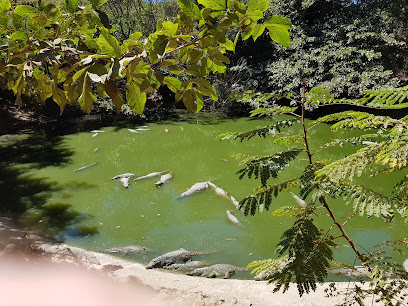
Bijilo National Park
Discover the enchanting Bijilo National Park, a tropical haven in Gambia, teeming with wildlife and lush landscapes perfect for every nature lover.
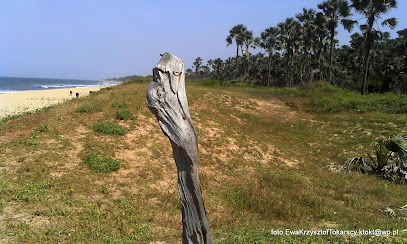
Bijilo Monkey Park
Experience nature's charm at Bijilo Monkey Park, where playful monkeys and vibrant wildlife await in a serene Gambian sanctuary.

Albert Market
Discover the heart of Banjul at Albert Market, a vibrant spot filled with local crafts, delicious street food, and an authentic Gambian experience.
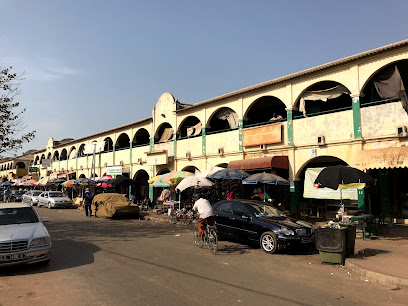
Arch 22
Discover the iconic Arch 22 in Banjul, a historical landmark celebrating Gambian independence with stunning views and rich cultural significance.
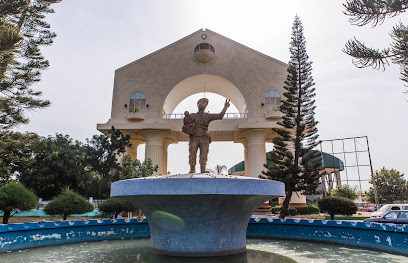
Bakau craft market
Discover the heart of Gambian craftsmanship at Bakau Craft Market, where vibrant culture and creativity come alive through handmade treasures.
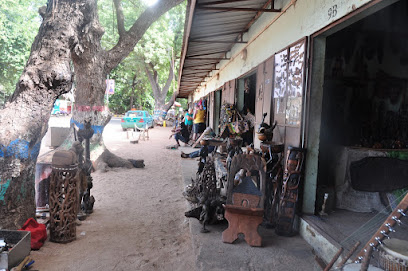
National Museum of the Gambia
Explore the National Museum of the Gambia to uncover the nation's diverse history, culture, and heritage through captivating exhibits and artifacts.
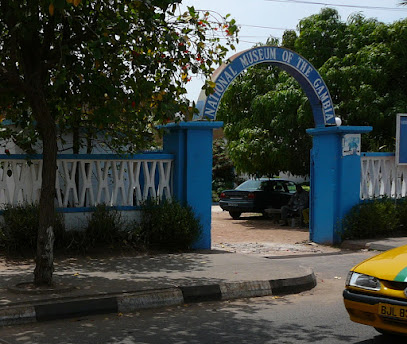
The Gambian Reptiles Farm
Discover the allure of reptiles at The Gambian Reptiles Farm, a captivating attraction in Kartong, Gambia, perfect for families and wildlife enthusiasts.
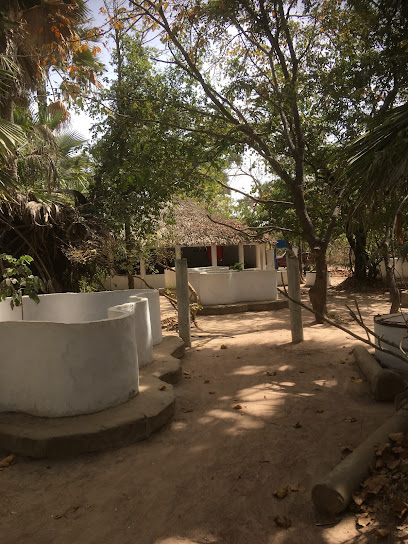
Abuko Nature Reserve
Experience the natural beauty and vibrant wildlife of Abuko Nature Reserve, a serene escape for nature lovers in The Gambia.
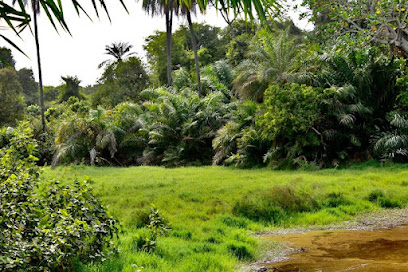
Stone Circles of Gambia
Discover the ancient Stone Circles of Gambia, a UNESCO World Heritage Site brimming with history and cultural significance in the heart of Wassu.
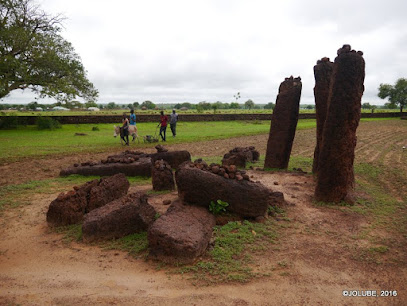
Makasutu
Discover the serene landscapes and rich biodiversity of Makasutu National Park, a natural gem in The Gambia perfect for nature lovers and cultural explorers.
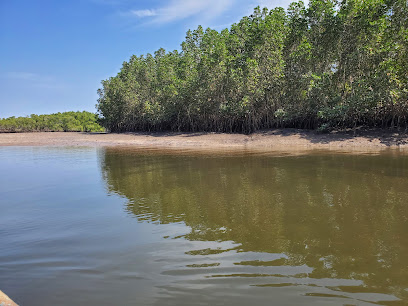
Fort Bullen
Explore Fort Bullen, a historical landmark in The Gambia that unveils the region's colonial past and offers breathtaking views of the Atlantic coast.
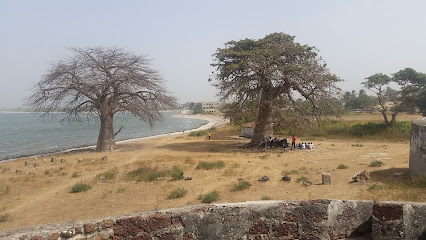
Kiang West National Park headquarters
Explore the biodiversity and cultural heritage at Kiang West National Park Headquarters, the gateway to The Gambia's stunning wildlife.

Gassang Forest Park
Discover the tranquility of Gassang Forest Park in Doki Alla, a stunning state park filled with lush greenery and diverse wildlife for nature enthusiasts.

Unmissable attractions to see
Kachikally Crocodile Pool
Explore the fascinating Kachikally Crocodile Pool in Bakau, where wildlife meets culture in a serene natural haven.

Bijilo Monkey Park
Discover Bijilo Monkey Park: A serene sanctuary in Gambia home to playful monkeys and vibrant wildlife, perfect for nature lovers and adventurers.
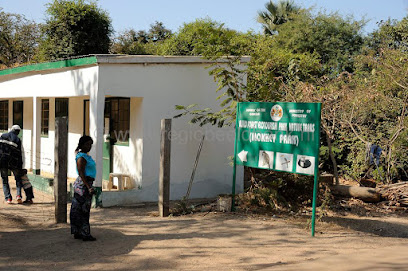
Albert Market
Discover the vibrant culture of Banjul at Albert Market, where local crafts, fresh produce, and authentic Gambian life converge.
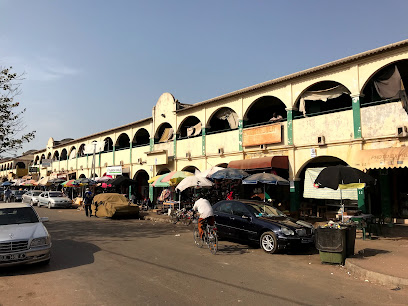
Lamin Lodge
Experience the beauty of The Gambia at Lamin Lodge, your gateway to boat rentals, local dining, and unforgettable tours in a serene setting.
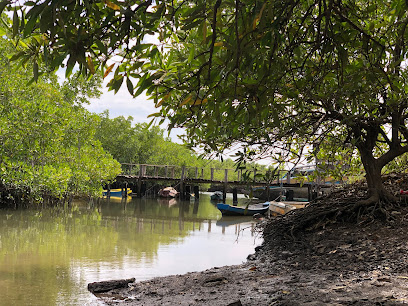
Arch 22
Explore Arch 22 in Banjul, a historical landmark offering breathtaking views and a rich insight into Gambian culture and history.
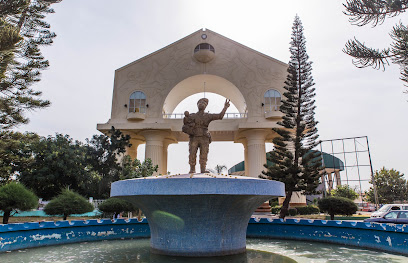
Bakau craft market
Explore the lively Bakau Craft Market, where vibrant Gambian culture, unique crafts, and friendly artisans await your discovery.
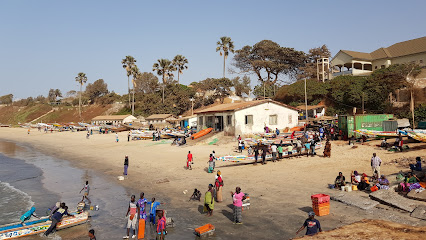
National Museum of the Gambia
Explore the National Museum of the Gambia, where history, culture, and art converge to tell the story of this vibrant West African nation.
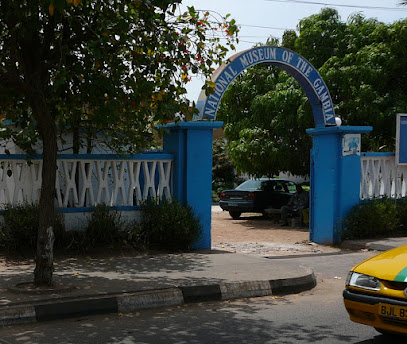
The Gambian Reptiles Farm
Explore the enchanting world of reptiles at The Gambian Reptiles Farm, where conservation meets education in a captivating environment.
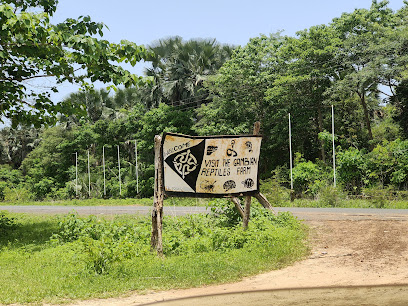
Abuko Nature Reserve
Discover the rich biodiversity and serene landscapes of Abuko Nature Reserve, a tranquil escape in The Gambia, perfect for nature lovers and explorers.
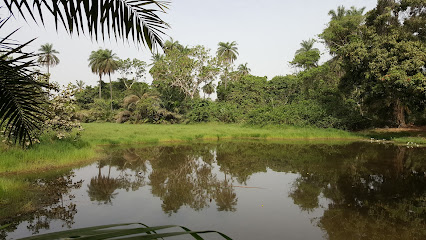
Stone Circles of Gambia
Discover the ancient mysteries of the Stone Circles of Gambia, a UNESCO World Heritage site that offers a unique glimpse into West African history.
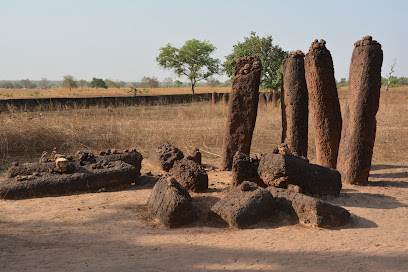
Makasutu
Explore the serene beauty of Makasutu National Park in The Gambia, a haven for wildlife and cultural experiences amidst lush landscapes.
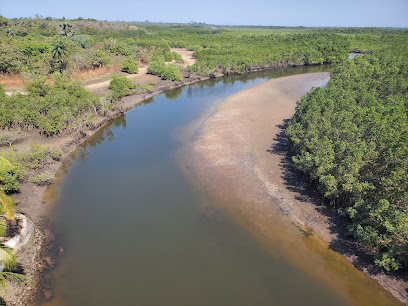
Fort Bullen
Explore the historic Fort Bullen in Barra, Gambia, where colonial history meets stunning coastal views in a captivating travel experience.
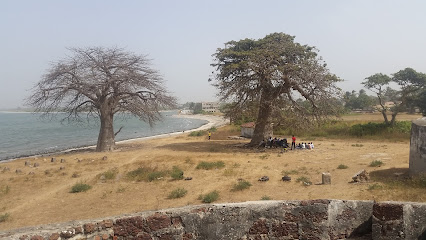
Slave House
Discover the profound history of the Slave House in Janjanbureh, a poignant landmark that educates visitors about the legacy of the slave trade in The Gambia.
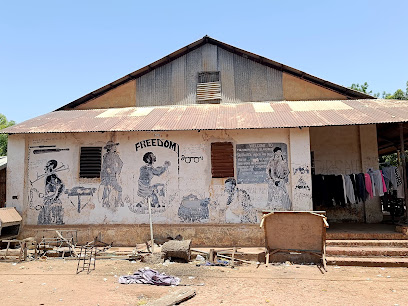
Camp Paradise Island
Experience the tranquility and adventure of Camp Paradise Island in Niji, Gambia, where camping, boat tours, and fishing come together in nature's embrace.
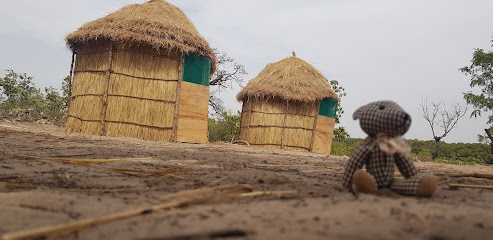
Kiang West National Park headquarters
Explore the diverse ecosystems and wildlife at Kiang West National Park Headquarters, a key conservation area in The Gambia.
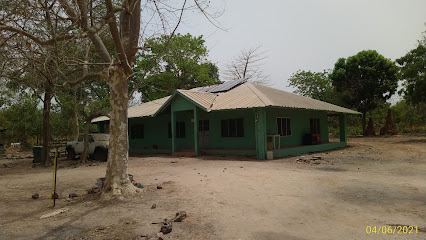
Essential places to dine
Poco Loco Beachbar Gambia
Experience vibrant beach vibes at Poco Loco Beachbar in Serrekunda - where delicious food meets stunning ocean views.

John Raymond'S Beach Bar And Restaurant
Experience exquisite Gambian cuisine with breathtaking ocean views at John Raymond's Beach Bar and Restaurant in Serrekunda.
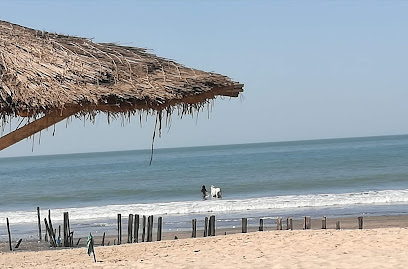
Scala Restaurant
Experience authentic Gambian flavors at Scala Restaurant in Serrekunda, where delightful dishes meet warm hospitality.
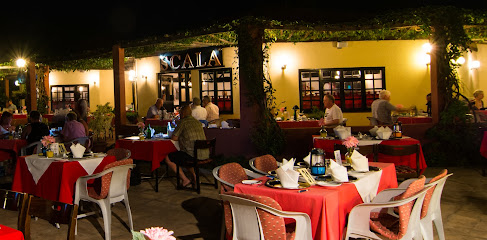
Mo2 Jamaican Bar & Restaurant Gambia (Mosiah's)
Experience the vibrant flavors of Jamaica at Mo2 Jamaican Bar & Restaurant in Gambia - where every meal is a celebration!
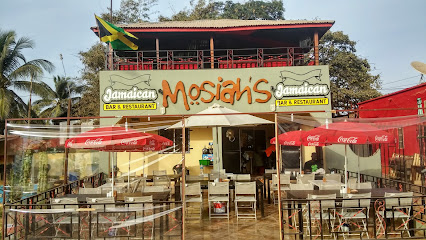
El Sol
Discover the vibrant flavors of Mexico and savory steaks at El Sol in Senegambia – where every meal is a celebration.
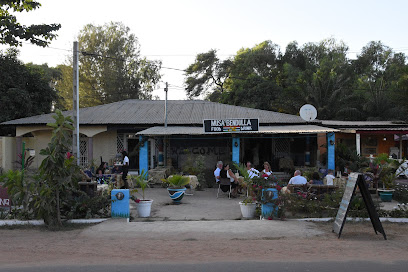
Darboe's Bar and Restaurant
Experience authentic Gambian cuisine at Darboe's Bar and Restaurant in Serrekunda - where hospitality meets vibrant flavors!
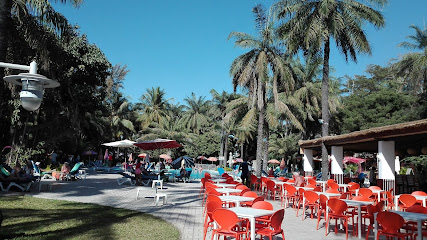
Ngala Lodge
Discover unparalleled luxury at Ngala Lodge - your destination for fine dining and wellness in Bakau, Gambia.
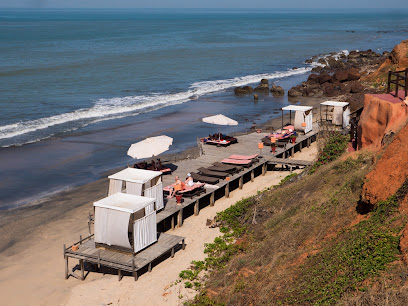
Sea Shells Bar & Restaurant
Discover exquisite seafood dining at Sea Shells Bar & Restaurant in Serrekunda, where Gambian flavors meet warm hospitality.
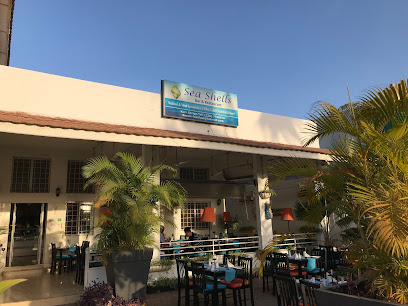
The Clay Oven
Experience authentic Gambian flavors at The Clay Oven in Serrekunda – where culinary tradition meets vibrant culture.
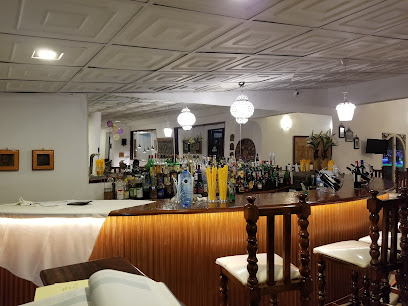
Al Terrace
Experience authentic Gambian cuisine at Al Terrace in Senegambia - a culinary delight with stunning views and warm hospitality.
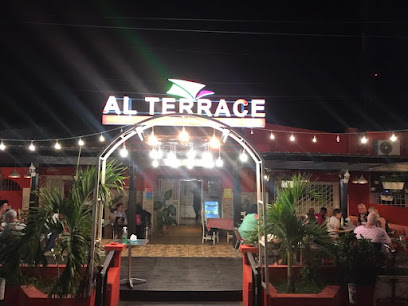
Justice Bar & Restaurant
Experience the best of Gambian hospitality at Justice Bar & Restaurant in Serrekunda—where flavor meets culture.
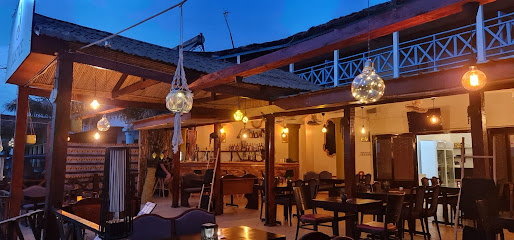
Leo's Beach Hotel & Restaurant
Experience the perfect blend of relaxation and exquisite dining at Leo's Beach Hotel & Restaurant in Brufut, Gambia.
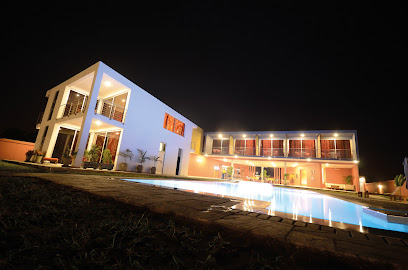
Roots Beach Bar & Restaurant
Experience authentic Gambian cuisine with stunning ocean views at Roots Beach Bar & Restaurant in Bijilo.

YOSH
Discover authentic Gambian cuisine at YOSH in Bakau – where every dish celebrates local flavors and hospitality.
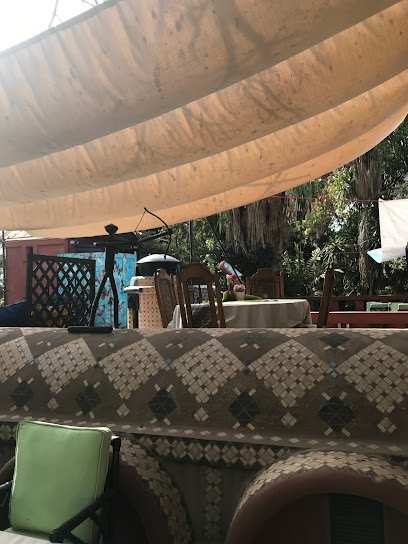
Kadie Kadie
Discover authentic Gambian flavors at Kadie Kadie, where every dish tells a story of tradition and culture.
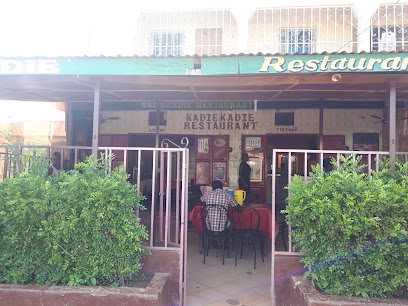
Markets, malls and hidden boutiques
Senegambia Beach Hotel
Discover the idyllic charm of Senegambia Beach Hotel, where luxury meets the beauty of The Gambia's stunning coastline.
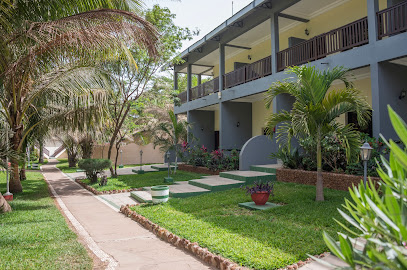
Senegambia Craft Market
Discover the heart of Gambian culture at Senegambia Craft Market, where vibrant arts and crafts meet local flavors and friendly faces.
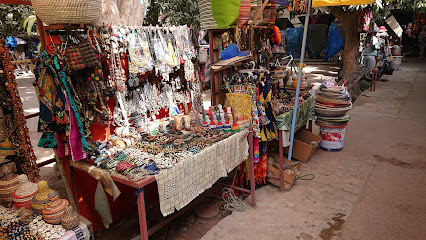
Coco Ocean Resort & Spa Hotel
Experience unparalleled luxury and serene relaxation at Coco Ocean Resort & Spa in Bijilo, Gambia, a perfect getaway for discerning travelers.

Albert Market
Experience the vibrant culture and local flavors at Albert Market in Banjul, a must-visit destination for every traveler in The Gambia.
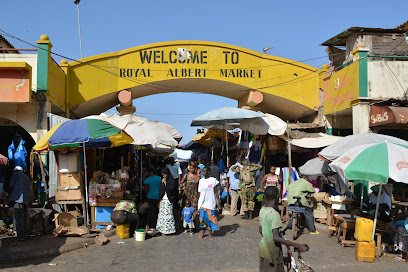
Bakau craft market
Discover the artistry and culture at Bakau Craft Market, a vibrant hub for unique handicrafts and local delicacies in The Gambia.
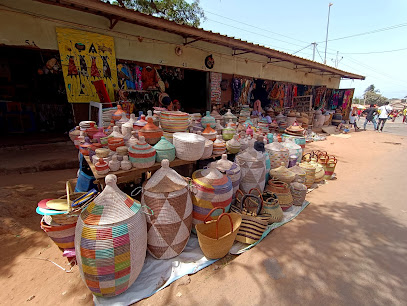
National Museum of the Gambia
Explore Gambia's vibrant culture and history at the National Museum of the Gambia, a must-visit attraction for all tourists.

The Gambian Reptiles Farm
Discover the enchanting world of reptiles at The Gambian Reptiles Farm in Kartong, a unique attraction for nature lovers and families.
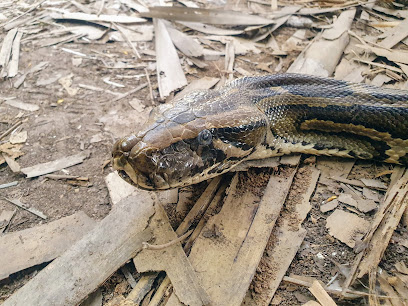
Brikama Craft Market
Explore the vibrant Brikama Craft Market, a cultural landmark in The Gambia showcasing unique handicrafts and local artistry.
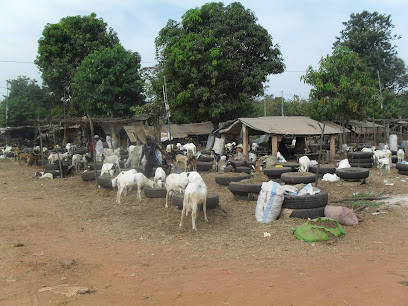
Wedad's Footwear, Accessories & Clothing
Explore the vibrant styles at Wedad's Footwear, Accessories & Clothing, your go-to destination for unique clothing and accessories in Banjul.

Camp Paradise Island
Experience the serene beauty of Camp Paradise Island, a national park in Niji offering boat tours, fishing charters, and cozy camping cabins.
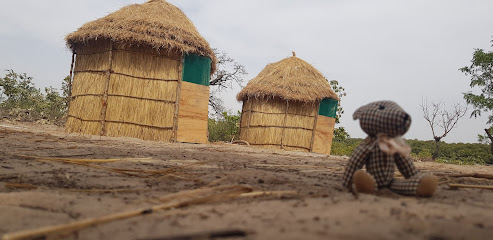
TOP-SHOP
Discover authentic African goods and unique fashion accessories at TOP-SHOP, your go-to souvenir store in Gambia's vibrant Kombo Beach Hotel.
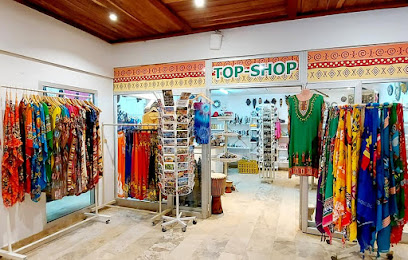
Fabric Emporium
Experience the vibrant world of textiles at Fabric Emporium, Serrekunda's go-to destination for unique fabrics and local craftsmanship.

Craft market
Discover handmade treasures and vibrant culture at the Craft Market in Serrekunda, a hub for unique Gambian artistry and local crafts.
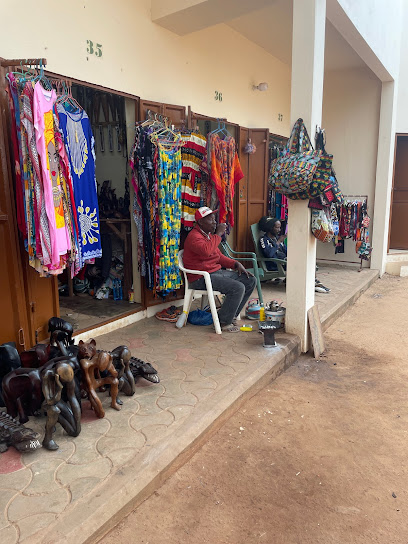
Kiang West National Park headquarters
Discover the rich biodiversity and conservation efforts at Kiang West National Park Headquarters—an essential stop for nature enthusiasts in The Gambia.
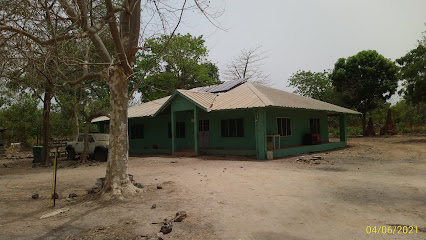
Nature's Gift Care
Discover the essence of health and wellness at Nature's Gift Care, Wellingara's premier organic food store offering fresh, local produce and natural beauty products.
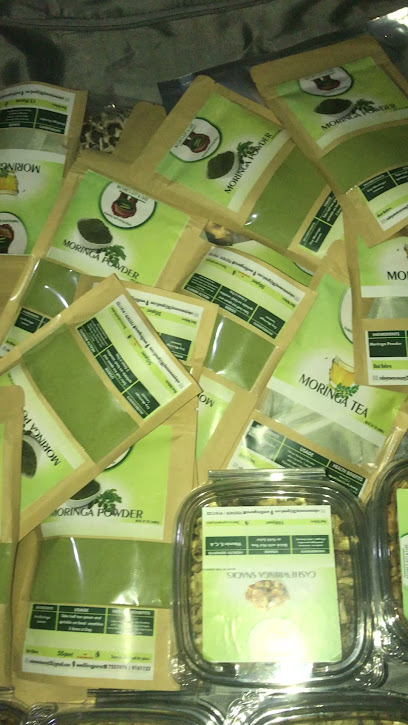
Essential bars & hidden hideouts
Poco Loco Beachbar Gambia
Discover the vibrant atmosphere and delectable flavors of Poco Loco Beachbar in Serrekunda, Gambia's ultimate tropical getaway.
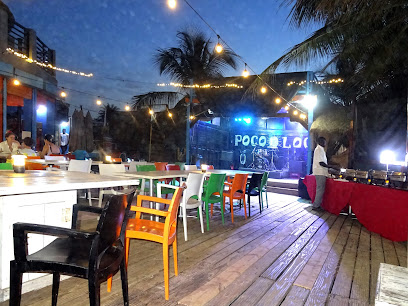
John Raymond'S Beach Bar And Restaurant
Discover the vibrant culinary delights and stunning sunsets at John Raymond's Beach Bar and Restaurant in Serrekunda, The Gambia.
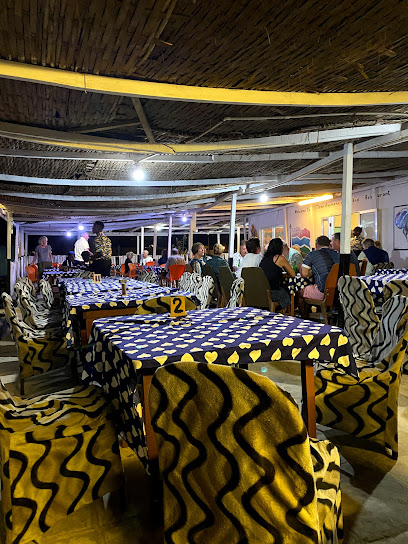
Solomon’s Beach Bar & Restaurant
Experience the vibrant atmosphere and stunning ocean views at Solomon’s Beach Bar & Restaurant in Serrekunda, perfect for food lovers and beach enthusiasts.
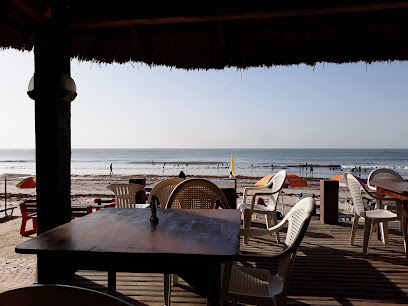
Calypso bar & restaurant
Discover the vibrant flavors and lively atmosphere at Calypso Bar & Restaurant in Bakau, the perfect spot for relaxation and local culture.

Gusto Italian Resto &bar
Experience authentic Italian cuisine and a lively bar atmosphere at Gusto Italian Resto & Bar in Senegambia, Serrekunda.
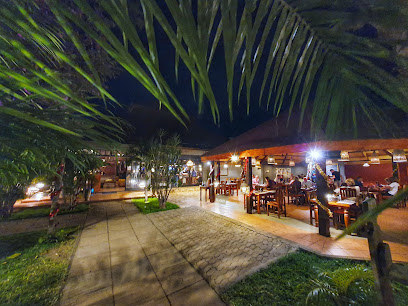
3 Chicks & A Grill
Experience the essence of Gambian cuisine at 3 Chicks & A Grill, a vibrant restaurant and bar nestled in the heart of Senegambia Strip.
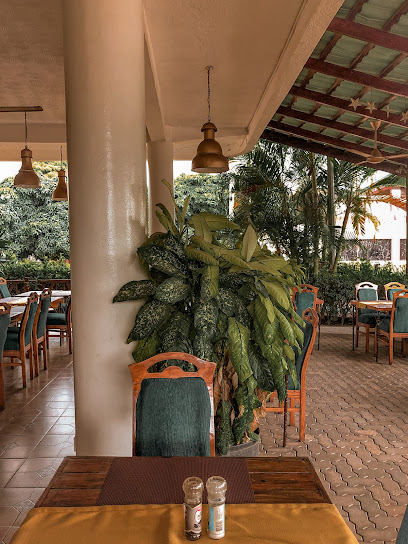
Sea Shells Bar & Restaurant
Sea Shells Bar & Restaurant: A Coastal Culinary Gem in Gambia Offering Delicious Dishes and Stunning Views.
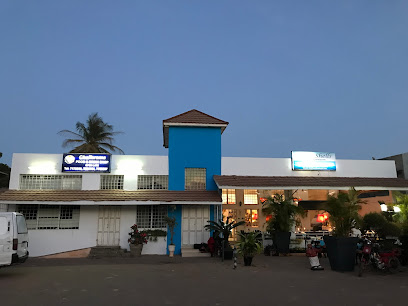
GT's Bar & Restaurant
Discover the vibrant energy of GT's Bar & Restaurant in Serrekunda, where delicious cuisine and lively entertainment come together in an unforgettable experience.

Justice Bar & Restaurant
Experience the vibrant flavors of Gambian cuisine at Justice Bar & Restaurant in Serrekunda, a culinary delight for every traveler.
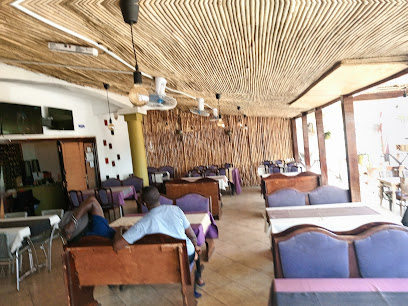
Roots Beach Bar & Restaurant
Experience the vibrant flavors and stunning views at Roots Beach Bar & Restaurant in Bijilo, the perfect tropical getaway for food and drink lovers.
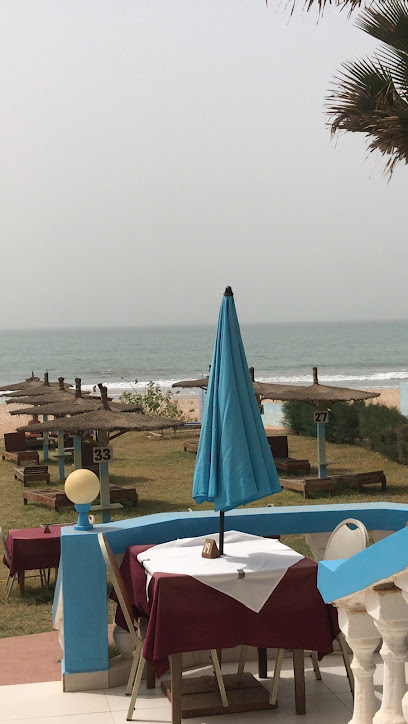
Dreams bar en restaurant
Experience authentic Gambian cuisine and a vibrant atmosphere at Dreams Bar and Restaurant, a must-visit for tourists in Serrekunda.
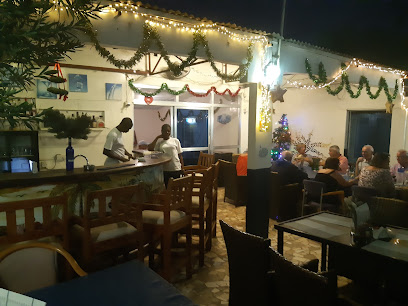
Cassy's Lounge
Experience the vibrant nightlife at Cassy's Lounge, Serrekunda's premier bar for drinks, music, and a lively social scene.
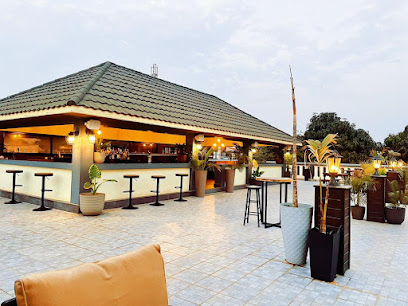
Dolphin´s Beach Bar
Experience the vibrant atmosphere and stunning ocean views at Dolphin's Beach Bar, a must-visit destination on Gambia's beautiful coast.
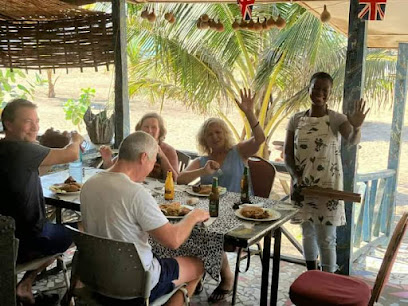
Guesthouse Three Wild Monkeys
Discover the unique blend of comfort, culture, and cuisine at Guesthouse Three Wild Monkeys in Kololi, Serrekunda.
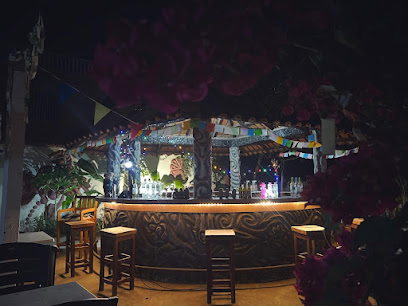
Propaganda Sport Bar
Experience the thrill of live sports at Propaganda Sport Bar in Serrekunda, where great food, drinks, and camaraderie unite.

Local Phrases about Kiang East National Park
-
- HelloSalaam aleikum
[sah-lahm ah-lay-koom] - GoodbyeBa baa
[bah bah] - YesEey
[ee] - NoAlaa
[ah-lah] - Please/You're welcomeNangadef
[nan-gah-def] - Thank youJerejef
[je-reh-jef] - Excuse me/SorryNyaanu
[nyah-noo] - How are you?Nanga def?
[nan-gah def] - Fine. And you?Jerejef. Nopp?
[je-reh-jef nohp] - Do you speak English?Mangui ngaraang Wolof?
[mahn-gwee ngah-raang woh-lohf] - I don't understandNdanka la
[n-dahn-kah lah]
- HelloSalaam aleikum
-
- I'd like to see the menu, pleaseNopp naa def menu bi, jerejef
[noh-p nah def meh-noo bee, je-reh-jef] - I don't eat meatMa nekk la jangale
[mah neck lah jahn-gah-leh] - Cheers!Mbaa mbaa!
[mbah mbah] - I would like to pay, pleaseNopp def, jerejef
[nohp def, je-reh-jef]
- I'd like to see the menu, pleaseNopp naa def menu bi, jerejef
-
- Help!Ndank
[n-dahnk] - Go away!Tay
[tay] - Call the Police!Ko woy jappandoor!
[koh woy jahp-pahn-door] - Call a doctor!Ko woy doctoor!
[koh woy doh-ktohr] - I'm lostNopp naa laa ngi tudd
[noh-p nah lah ngee tood] - I'm illNopp naa laa tass
[noh-p nah lah tahs]
- Help!Ndank
-
- I'd like to buy...Nopp naa def...
[noh-p nah def] - I'm just lookingNopp naa la geuna
[noh-p nah lah geh-nah] - How much is it?Benn la?
[ben lah] - That's too expensiveDafa xewoon la
[dah-fah heh-wohn lah] - Can you lower the price?Mangui yoon la xewoon bi?
[mahn-gwee yohn lah heh-wohn bee]
- I'd like to buy...Nopp naa def...
-
- What time is it?Waa ju ndox?
[wah joo ndoh] - It's one o'clockBenn ju rey
[ben joo ray] - Half past (10)Wouyett (10)
[woh-yet (10)] - MorningNgo def
[ngoh def] - AfternoonKersa def
[kehr-sah def] - EveningKileef def
[keel-ehf def] - YesterdayNoo def
[noo def] - TodayNopp
[nohp] - TomorrowNopp naa
[noh-p nah] - 1Benn
[ben] - 2Juj
[jooj] - 3Jurey
[joo-ray] - 4Neent
[neent] - 5Jurmu
[joor-moo] - 6Jook
[johk] - 7Jete
[jeh-teh] - 8Jook jook
[johk johk] - 9Jook jurey
[johk joo-ray] - 10Fukk
[fook]
- What time is it?Waa ju ndox?
-
- Where's a/the...?Waa nga...?
[wah ngah] - What's the address?Waa ju ndox?
[wah joo ndoh] - Can you show me (on the map)?Mangui baax naa (sopp naa ak map)?
[mahn-gwee bahkh nah (sohp nah ahk map)] - When's the next (bus)?Waa ju sopp (caar)?
[wah joo sohp (cahr)] - A ticket (to ....)Sopp bi (to ....)
[sohp bee (to ....)]
- Where's a/the...?Waa nga...?
History of Kiang East National Park
-
Long before the establishment of Kiang East National Park, the region was inhabited by indigenous communities such as the Mandinka people. These early settlers lived in harmoniously with nature, relying on the forest for hunting and gathering. Artifacts and oral histories suggest that these communities were engaged in agricultural practices and had intricate social structures.
-
In the 19th century, The Gambia became a British colony, and the area that now comprises Kiang East National Park was no exception. During this period, the region saw the establishment of trading posts and the exploitation of natural resources. The British colonial administration implemented policies that affected local land use and conservation practices, laying the groundwork for future preservation efforts.
-
The Gambia River was a significant route in the Trans-Atlantic Slave Trade, and the regions around Kiang East were not untouched by this dark chapter in history. Many local communities were disrupted, and individuals were captured and sold into slavery. This period left an indelible mark on the cultural landscape of the area.
-
Following The Gambia's independence in 1965, there was a growing awareness of the need to preserve the nation's natural heritage. In the late 20th century, efforts to establish protected areas gained momentum, leading to the eventual creation of Kiang East National Park. This period saw significant involvement from both local and international conservation organizations, striving to protect the unique biodiversity of the region.
-
Kiang East National Park was officially designated in 2001, marking a significant milestone in The Gambia's conservation history. The park covers approximately 11,526 hectares and is home to a diverse range of flora and fauna. Development efforts have focused on sustainable tourism, community involvement, and the protection of endangered species. The park has become a model for conservation in the region, balancing ecological integrity with the needs of local communities.
-
The area around Kiang East National Park is rich in cultural heritage. Traditional practices such as drumming, dance, and storytelling are integral to the local communities. The park is also home to several sacred sites, which are revered by the indigenous people. These cultural elements provide a deeper understanding of the human-nature relationship in this region.
Kiang East National Park Essentials
-
Kiang East National Park is located in the Lower River Region of The Gambia. The nearest international airport is Banjul International Airport, approximately 100 kilometers away. From Banjul, you can hire a taxi or rent a car to reach the park. Public minibuses, known locally as 'gele-gele', are also an option, offering a more affordable but less comfortable journey.
-
Within Kiang East National Park, walking is the most common way to explore the natural beauty and wildlife. For longer distances, hiring a local guide with a vehicle is recommended. Bicycle rentals are also available for those looking to explore at a leisurely pace. Be mindful of the park's regulations regarding vehicle access to certain areas to protect the environment.
-
The official currency in The Gambia is the Gambian Dalasi (GMD). While credit cards are accepted in some hotels and larger establishments in Banjul, cash is essential for transactions within the park and surrounding areas. ATMs are scarce in rural areas, so it is advisable to withdraw sufficient cash in Banjul before heading to the park.
-
Kiang East National Park is generally a safe destination for tourists. However, standard precautions should be taken. Avoid traveling alone at night and keep an eye on your belongings. There are no specific high-crime areas within the park, but occasional petty theft can occur, particularly in crowded areas or tourist hotspots. Always stay vigilant and aware of your surroundings.
-
In case of emergency, the local emergency number is 117 for police assistance and 116 for medical emergencies. It is recommended to have travel insurance that covers medical emergencies and evacuation. The nearest medical facilities are in Banjul, so ensure you have a basic first-aid kit and necessary medications with you. For minor health issues, there are small pharmacies in nearby villages.
-
Fashion: Do wear lightweight, breathable clothing suitable for the tropical climate. Avoid wearing flashy or revealing clothing. Religion: Do respect local customs and traditions, including dressing modestly when visiting villages. Public Transport: Do be polite and patient when using local minibuses. Avoid eating or drinking on public transport. Greetings: Do greet people with a handshake and a friendly smile. Using 'As-salamu alaykum' (peace be upon you) is appreciated. Eating & Drinking: Do try local dishes and accept food offerings graciously. Don't refuse hospitality, as it may be considered impolite.
-
To experience Kiang East National Park like a local, consider hiring a local guide who can provide insights into the park's flora, fauna, and history. Visit the village markets to buy fresh produce and handmade crafts. Engage with locals, who are often willing to share stories and traditions. Don't miss the opportunity to participate in traditional activities, such as bird watching and guided nature walks, which offer a deeper understanding of the park's ecosystem.
Trending Landmarks in Kiang East National Park
Nearby Cities to Kiang East National Park
-
Things To Do in Farafenni
-
Things To Do in Janjanbureh
-
Things To Do in Kaolack
-
Things To Do in Banjul
-
Things To Do in Lamin
-
Things To Do in Brikama
-
Things To Do in Bakau
-
Things To Do in Serekunda
-
Things To Do in Serrekunda
-
Things To Do in Gunjur
-
Things To Do in Canchungo
-
Things To Do in Bissau
-
Things To Do in Buba
-
Things To Do in Mbour
-
Things To Do in Thiès

